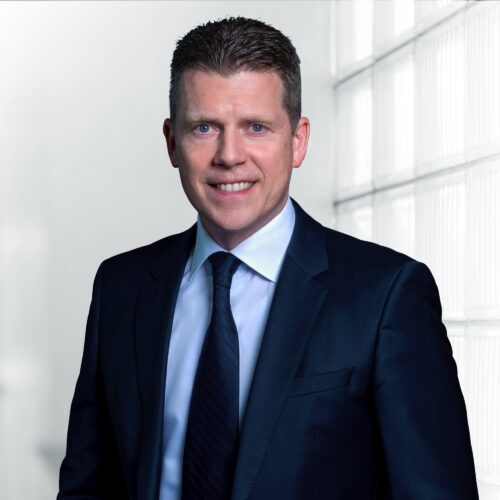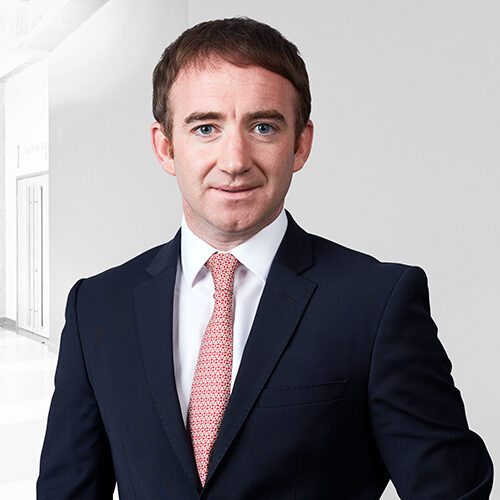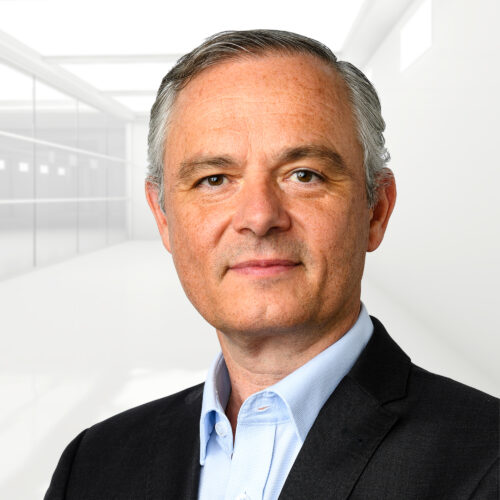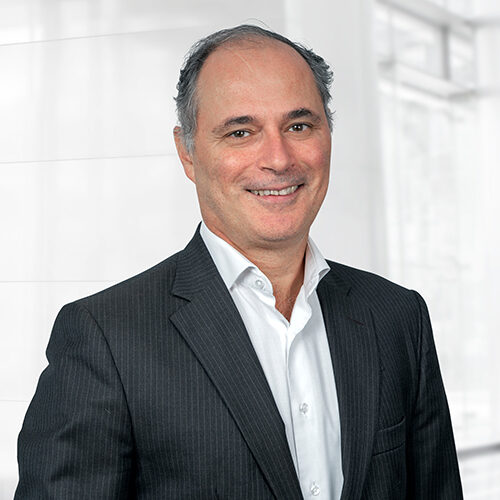The brave new world for SaaS

Following a tumultuous year in the capital markets for SaaS businesses, with macroeconomic headwinds driving a reset of operating models and valuations, expectations around ‘what good looks like’ for SaaS have altered substantially over the last 12 months.
In this article, we look at four significant features of the ‘post tech-wreck’ SaaS environment. These insights are gained from Clearwater International and its exclusive North American partner KeyBanc Capital Markets’ (KeyBanc) annual survey of over 100 international cloud-based software businesses (the 2022 KeyBanc SaaS Survey).
Rule of 40 trumps growth
With the cost of capital having increased substantially in the last 12 months, investors have reduced their appetite to fund cash burn to accelerate growth. This dynamic has manifested itself in the correlation between valuation and the two measures most closely evaluated in SaaS businesses, ARR growth and the Rule of 40 (being a combined measure for growth and profitability). Significantly, the correlation between the Rule of 40 and valuation is now greater than the correlation between growth only and valuation.
The Rule of 40 has replaced pure growth as the key driver of valuation for SaaS businesses.
Over the course of 2022, the correlation coefficient (or R2) measuring the relationship between valuation and growth fell from 0.62 to 0.35. Conversely, during the same period, the correlation coefficient between valuation and the Rule of 40 increased from 0.10 to 0.41.
Acquisitive trade buyers are pointing towards ‘sustainability’ of growth as a key consideration in their assessment of targets, with greater scrutiny of customer base end-markets. For instance, healthcare has been impacted by the slowing down of NHS procurement decisions in the UK, whereas the travel sector has recovered well.
Path to profitability
Investors are focused on the ‘path to profitability’ assessing this on namely time and certainty.
Whilst cash burn and profitability have come into sharp focus, this doesn’t mean that pre-profit SaaS businesses have become pariahs overnight. Investors are however more focused than ever on ‘path to profitability’ and are assessing this on two measures, namely time and certainty. These factors are inextricably linked to a product’s unit economics, typically measured through the LTV/CAC ratio. Essentially, can you create a winning product and proposition that customers can’t do without, and can you acquire customers profitably and sustainably.
Once satisfactory unit economics are proven, investors are then assessing the volumes required to achieve certain profitability hurdles. Where volume thresholds had previously been set to focus on “growth at all costs” (the ‘upside’ mindset), the baseline investor risk assessment is now being set at the “breakeven” level (the ‘downside’ mindset).

Customer acquisition costs remained largely unchanged in 2022, with the average blended CAC ratio (being the fully loaded sales and marketing spend to acquire $1 of new ARR across all customers) across survey participants remaining flat at $1.20. This illustrates the continued high degree of competition in growing ARR, which is leaving SaaS businesses little headroom to reduce CAC ratios. Therefore, sacrificing absolute levels of sales and marketing spend at the expense of growth is one of the most obvious levers businesses are left with to reduce cash burn in the short term.
It’s not all doom and gloom. Many businesses we advise have adapted to the ‘new world’ of greater sales and marketing frugality, successfully refocusing spend on channels generating the highest growth, following a levelling of the playing field. Our expectation is that the 2023 survey is likely to reveal a reduction in CAC ratios.
Operational efficiency

Another obvious (albeit harder) route to reducing cash burn and increasing profitability is improving operational efficiency. This is measured across several metrics that can broadly be grouped as:
- Topline health – the ability to expand ARR from new and existing customers
- Growth efficiency – the ability to convert spend (both capex and opex) into growth
Some of the metrics that have come under particular focus over the last 12 months include:
- ARR per FTE - the well-publicised ‘war for talent’ that contributed to salary inflation and headcount growth running riot for much of 2021 and H1 2022, has been replaced with far more cautious boardroom strategies. Investors are looking at ARR per FTE as one headline measure of headcount efficiency, with the overall median coming out at $122k per FTE across 2022 survey participants
- Upsell and expansion of existing customers - companies are becoming more reliant on existing customers to drive growth through upsell and expansion. The percentage of new ARR added from upsell and expansion increased from a median of 36% in the 2021 survey to 46% in 2022. This is in large part down to spend on existing customers proving more efficient than spend on acquiring new customers (CAC ratio of $0.61 for existing clients versus $1.78 for new clients)
- R&D as a percentage of revenue (relative to growth) - whilst the short-term cashflow benefits of cutting back on R&D spend are obvious, the data from the 2022 survey suggest this is a potentially inefficient strategy. Companies reinvesting in excess of 30% (the survey median) of revenue into R&D are benefitting from organic ARR growth rates up to twice as high as those that don’t. This dynamic is almost certainly tied to the efficiency of ARR growth coming from upsell and expansion of existing customers
Trade acquirers are increasing the allocation of development spend for new products, relative to maintenance expenditure to keep the platform running successfully. Investors continue to reward clear technology roadmaps delivering new functionalities and features, as a means of upselling to the existing base, which is more cost efficient than attracting new customers. However, legacy platforms that rely on significant R&D for interoperability and day-to-day running will continue to see their valuations suffer.

Trade acquirers are also talking to us about their prioritisation of “fast SaaS” - growth driven by software that is quick to deploy, with a high level of self-service, which is not beset by extensive installation timelines and heavy implementation costs. With the UK SaaS market maturing and more plug-and-play point solutions available, there is a growing number of targets that are meeting the brief.
Capital efficiency
One striking output coming out of the 2022 survey relates to a measure of capital efficiency. In this case, the time and capital consumed to reach selected ARR thresholds.

¹ Capital consumed defined as total cumulative primary equity raised plus debt drawn minus cash on the balance sheet (adjusted for dividends/distributions)
This table highlights an environment with more uncertain access to the ‘on-demand’ capital of the last decade, translating to companies choosing to extend their cash runways where possible by raising and hoarding capital to get them through those rainy days. With a decrease in capital efficiency, lower valuations have followed from investors.

Conclusion
"2022 was undoubtedly a year of reset and pain for many SaaS businesses following a period of uninterrupted growth, with the bar having been raised by investors in the space. The signs so far in 2023 suggest market leaders are successfully adapting to the ‘new world’ of greater frugality and focus on capital efficiency. With dry investment powder remaining substantial, M&A activity in the SaaS space is likely to rebound strongly through the remainder of 2023 and into 2024."
Finn O'Driscoll, Technology M&A Director











